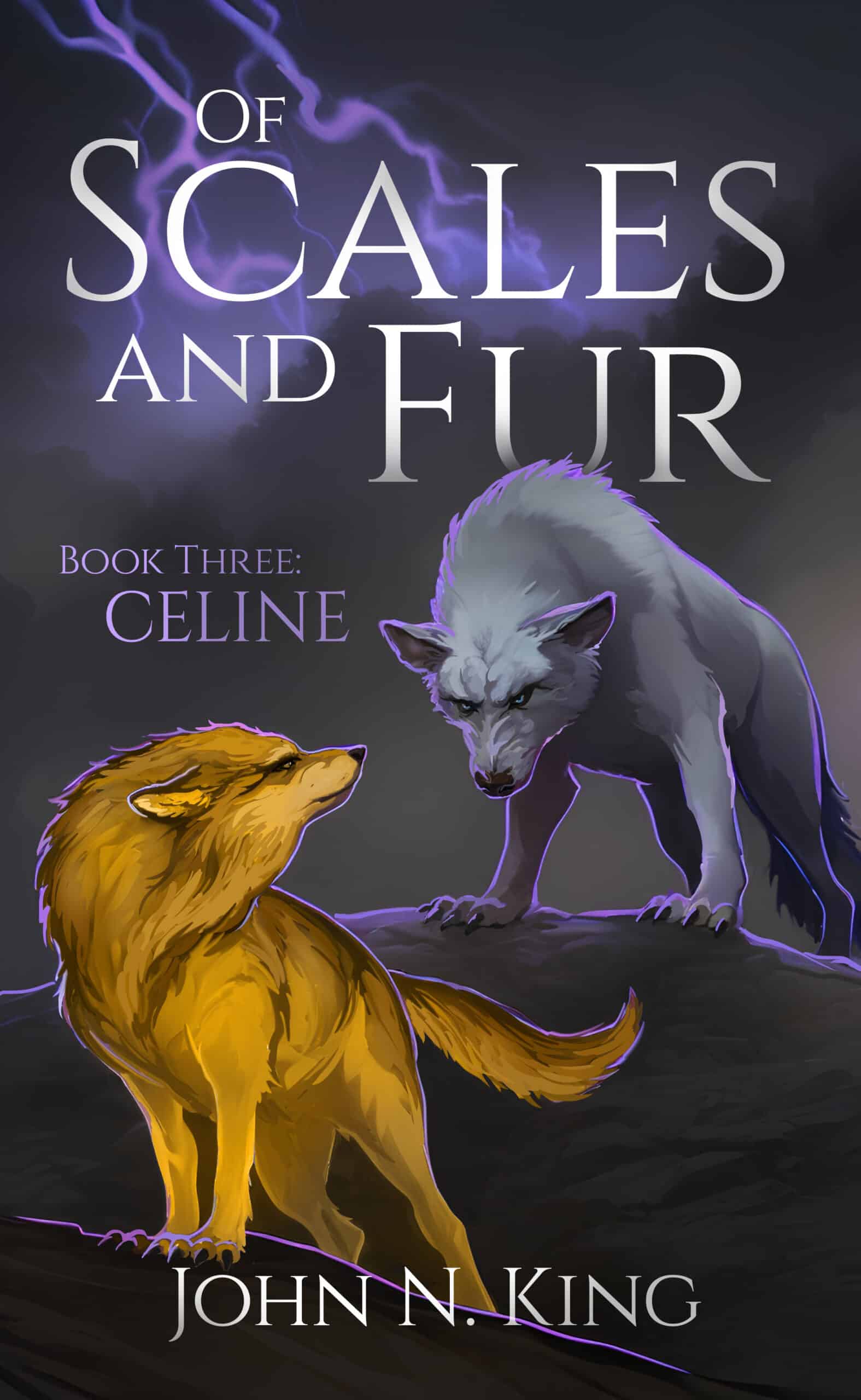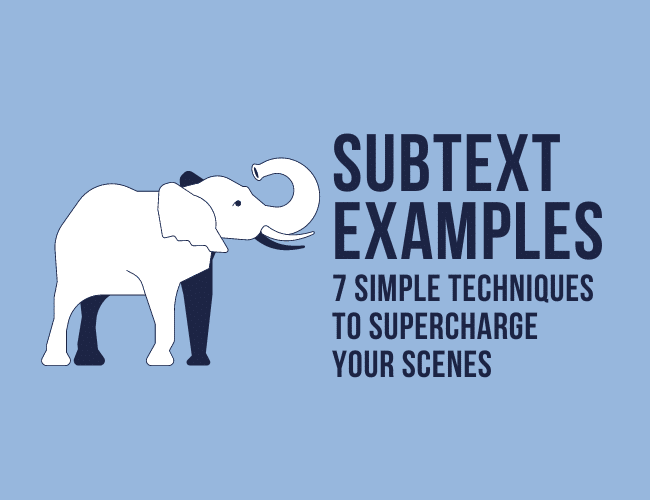
by Joslyn Chase |
As writers, we are always working to make our stories the best they can be. One of the more advanced techniques that can help you do this is by giving an underlying meaning in a scene—otherwise known as subtext.
In a story, subtext can be implied by the surface action and dialogue.
When you think about the books and stories that you most enjoyed reading, chances are that story’s scenes were woven with something deeper than what appeared on the surface.
Today I’d like to teach you seven simple techniques for using subtext in your story, which I’ll also teach with some subtext examples.
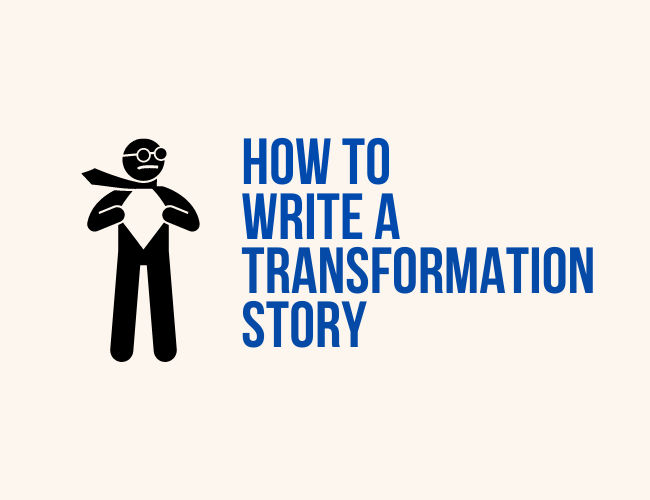
by Joslyn Chase |
One of the foremost reasons people read is to experience a character’s arc of change, their transformation, in other words, and transformation stories are among the most powerful and popular in literature and film.
That’s because the human experience is all about change. Each of us is a work in progress—growing, changing our perceptions and how we think—shaping our character.
These stories involve the reader in the course of the character’s change, helping them explore their own potential and desire for transformation, along with the limitations, possibilities, and price attached.
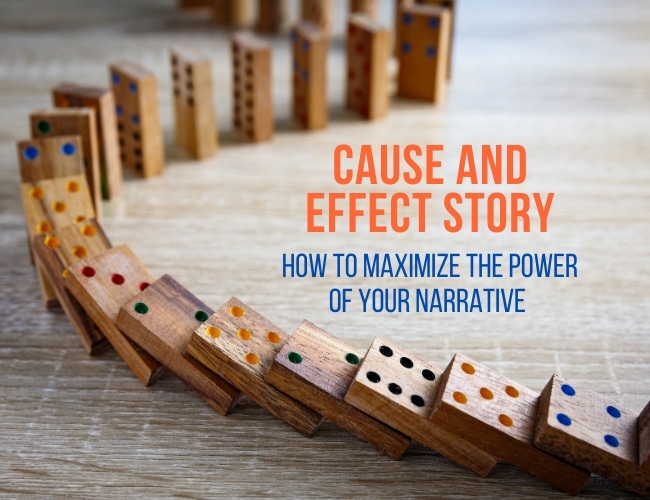
by Joslyn Chase |
One reason some stories feel flat is because they are missing the cause and effect story elements that push life (and narratives!) forward. How can you maximize cause and effect in your stories?
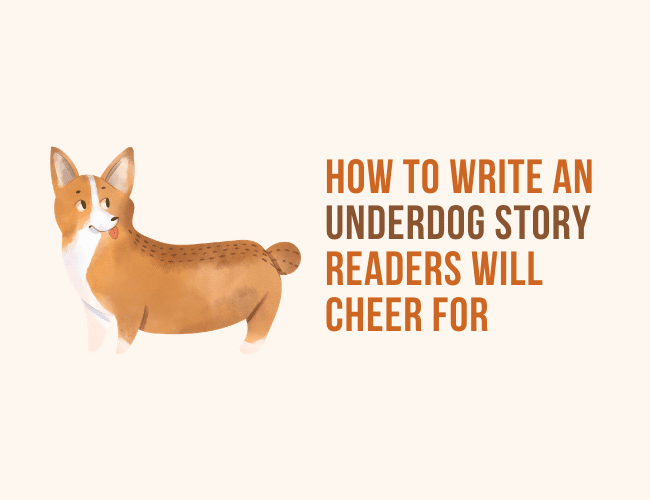
by Joslyn Chase |
Everyone loves a good underdog story. In some ways, we can all relate to the downtrodden character who rises against insurmountable odds. And the requisite feel-good ending is as sweet and satisfying as a warm cup of cocoa at the end of a cold and bitter day.
The underdog plot is a sure-fire recipe for a story readers can care about, invest in, and cheer on towards a rewarding conclusion. Plus, it can be a lot of fun to write. Read on to learn more about how to craft an underdog story that will ring your reader’s happy bell.
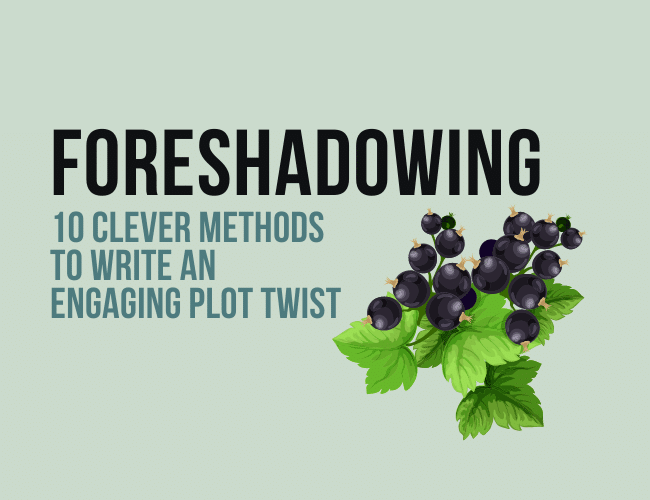
by Joslyn Chase |
Do you love a good murder mystery or thriller? Do you dream of creating a captivating and suspenseful book that will pull readers to the end and leave them tingling? Then you need to master foreshadowing.
If you answered yes, you probably realize that such a thing is no easy task. More than most any other genre, mystery novels, thrillers, and suspense stories invite the reader to actively participate in plot developments, using certain cues to predict outcomes.
That can be tough to accomplish.
The path to a finished product is full of pitfalls, but you can learn techniques to help carry you safely over them and complete a thrilling story you can be proud of.





